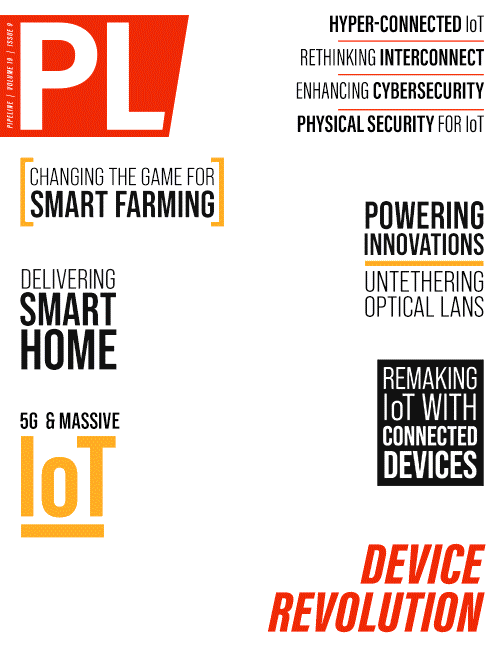Satellite Connectivity: A Game-Changer
for Smart Farming
With heavy agricultural equipment operating in rural environments, cellular or Wi-Fi connectivity doesn’t cut it. A large tractor being operated remotely needs a reliable connection at all times to move past unexpected obstructions and keep work flowing smoothly. An interruption due to poor connectivity or bad weather can cause operations in a smart farm to shut down completely. Satellite solutions give equipment manufacturers the tools to build in reliable, redundant connectivity, while farmers can now retrofit existing equipment with compact satellite antennas.
Connected Farming for a Changing Climate
Smarter, more efficient farms are arriving at a critical time. Agriculture is extremely vulnerable to our increasingly erratic and changing climate. Warming temperatures, extreme weather, droughts, floods, invasive crops, and pests are creating difficult and unpredictable conditions for farming. Paradoxically, agriculture is also contributing to the problem. Agriculture currently outputs 19 to 29% of total greenhouse gas emissions – a number that is likely to keep going up without intervention to more efficiently run operations.
The environment isn’t the only beneficiary of optimized farming. Today, about a third of the global food produced is lost or wasted despite nearly 9% of the global population, or 690 million people, lacking needed nourishment. Studies show that by 2050, climate change could result in a 13% decrease of developing countries’ wheat production and a 15% decrease in rice production. Connected equipment that allows farmers to more efficiently cultivate, irrigate, and harvest crops will help feed the hungry and prevent waste.
Global population growth, food scarcity, and economic insecurity will continue to put significant upward pressure on agriculture markets to produce sufficient levels of human food, stock feed, and biofuel. This has led to a drive for Climate-Smart Agriculture (CSA), an approach to managing crops, livestock, forests, and fisheries in a way that increases agricultural productivity and resilience while reducing emissions. This is pointing to not only the consumer demand but the global necessity for the integration of connected, intelligent technologies that lead to more sustainable, optimized farming.
The Autonomous Connected Farm and the Farmer of the Future
With connected farms sending over 10 terabytes per year in 2022—growing to 153 terabytes in 2032—the role of the farmer is beginning to evolve. Today’s farmers, and the farmers of the future, must understand data analysis in addition to horticulture. With connected equipment and a growing number of autonomous equipment, farmers will spend less time doing manual labor and more time in the critical role of utilizing data to optimize farms for a more sustainable future. Fewer young people are entering agriculture than at any time in human history, but the evolving set of technology skills that smart farms require could very well change that. According to Harbor Research, the agriculture market is conventional in terms of technology adoption, but the combination of consumer demands, climate change, and regulation is expected to drive greater adoption in the next two to three years. Connected and autonomous equipment will allow farms to operate with leaner staff, while the evolving role of the data-savvy modern farmer will attract new talent. Given the average age of farmers in the U.S. is more than 57 years old, recruiting new talent and minimizing labor requirement is critical. For both small and large-scale farms, connectivity challenges



















